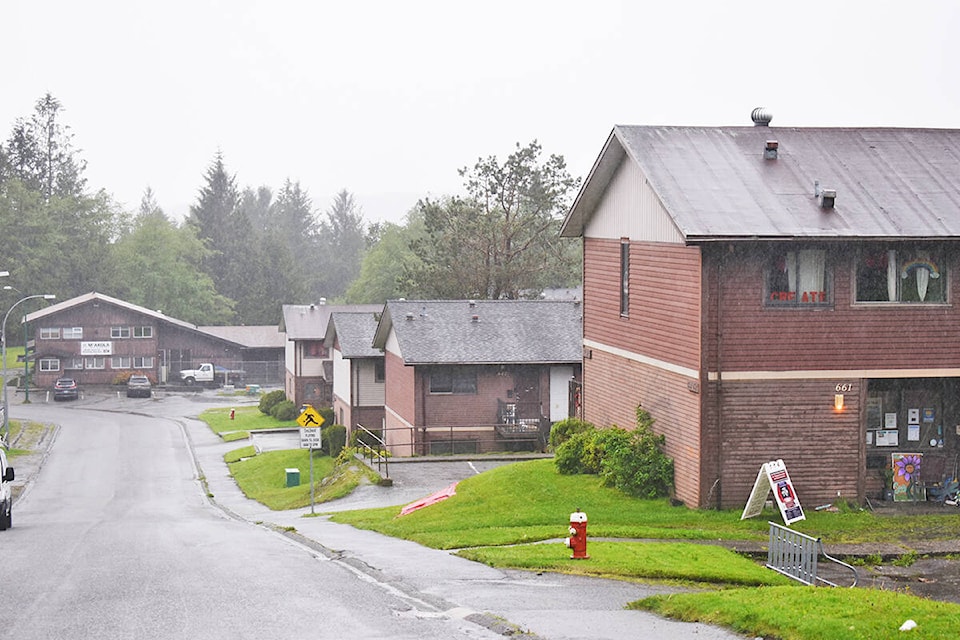New housing developments in Canada and B.C. remained high in 2021 despite a downward trend in December, the Canada Mortgage and Housing Corporation stated on Jan. 18. However, in Prince Rupert, new developments remain low and contribute to rising housing prices.
“There’s a lack of new housing in Prince Rupert,” Nikki Morse, realtor for RE/MAX Coast Mountains, said.
The environment and location of Prince Rupert make new developments difficult and costly.
“For one thing, we’re on an island. So, there’s limited space — and then there’s muskeg, and there’s rock,” Morse said.
”You can go to Terrace and you’ve got flat level land that is ready to build on. But in Prince Rupert, most land lots require a significant amount of work and cost to get to the stage where you can build your foundation” she said.
The increase in housing starts (new developments) is good news, in general, Ryan McLaughlin, an economist at BC Real Estate Association (BCREA), told The Northern View.
The number is an important indicator of supply, which the BCREA is a strong proponent of as a measure to address housing affordability, McLaughlin said.
New developments should, in theory, lead to more homes and therefore improve the housing supply. However, the problematic part of the story is the number of active listings, he said. Active listings are the number of homes for sale and are what contribute to housing prices the most.
“When we look across the North, in Prince Rupert in particular, at the latest available data … it’s an all-time low,” McLaughlin said. “There’s a very strong historical correlation between the shift to active listings ratio and price growth.”
At the end of the fourth quarter in 2021, Prince Rupert had only 43 listings. For a city of 12,000, that number is low, McLaughlin said. In the same period in 2011, Prince Rupert had 170 listings.
What these numbers show is a story of a supply shortage, McLaughlin said.
“That’s why we have a seller’s market,” Morse said.
Data published by BC Assessment on Jan. 4 revealed single-family homes in Prince Rupert have risen 31 per cent over the last year and 41 per cent in Port Edward.
READ MORE: 11th Ave. housing project unanimously approved by Prince Rupert city council
READ MORE: New 192 unit housing development announced by BC Housing for Prince Rupert
Norman Galimski | Journalist
Send Norman email
Like the The Northern View on Facebook
Follow us on Twitter
